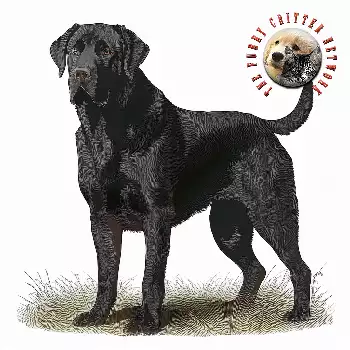The origins of the Majorca Shepherd Dog trace back to the 13th century, when the breed likely arrived in the Balearic Islands during the conquest of King James I of Aragon around 1230. This pivotal moment in Mediterranean history brought together diverse canine bloodlines as the conquering forces included various types of herding and working dogs from the Iberian Peninsula. Over subsequent centuries, these foundation dogs interbred with local island canines and additional imported breeds, gradually developing the unique characteristics that would define the modern Majorca Shepherd Dog.
Throughout the medieval and early modern periods, the breed evolved primarily through natural selection and functional breeding practices employed by Majorcan farmers and shepherds. The challenging terrain of Mallorca, with its rocky landscapes, sparse vegetation, and intense Mediterranean climate, demanded dogs capable of extraordinary endurance, heat tolerance, and independent decision-making abilities. The breed's distinctive black coat, initially seeming counterintuitive for hot climate work, actually provided excellent UV protection while the dogs' physiological adaptations allowed them to thrive in temperatures reaching 40 degrees Celsius.
Various theories exist regarding the breed's specific ancestry, with some canine historians proposing connections to ancient Phoenician trading dogs brought to the islands over 3,000 years ago. Professor Barcelo and veterinarian Gabriel Puigserer advanced theories suggesting descent from the extinct Alano dog, while Archduke Luis Salvador proposed relationships to mastiff or wolf-dog lineages. However, archaeological and genetic evidence remains inconclusive, leaving the breed's deepest origins shrouded in Mediterranean prehistory.
During the breed's development centuries, Majorca Shepherd Dogs served multiple crucial functions beyond basic shepherding duties. They protected flocks from predators, guarded valuable farm property, and assisted local lumber workers in anti-poaching efforts throughout the island's forests. The breed's versatility led to various crossbreeding experiments designed to enhance specific traits: crosses with Ca de Bou dogs aimed to increase aggression and strength for fighting applications, while breeding with Ca Mè dogs sought to produce more stable, mild-tempered family companions.
The 19th and early 20th centuries marked both expansion and crisis for the breed. Strategic crossbreeding with Ibizan Hounds improved the dogs' agility and speed for mountain work, while their reputation spread beyond Mallorca's borders. However, this period also brought significant challenges as industrialization reduced demand for traditional shepherding dogs, and the importation of foreign breeds like German Shepherds, Dobermans, and Great Danes threatened the genetic integrity of the native population.
By the mid-20th century, the Majorca Shepherd Dog faced near extinction. World War II and its aftermath severely disrupted island agriculture, making it difficult for families to maintain large working dogs. Hybridization with imported breeds became so common that purebred specimens became increasingly rare, and many so-called "Majorca Shepherds" developed reputations as unpredictable, sometimes dangerous animals due to uncontrolled breeding practices and lack of proper socialization.
The breed's salvation came through the dedicated efforts of a group of enthusiasts led by Alonso Guasp, who organized the Club del Perro Pastor Mallorquín in the 1970s. This organization initiated systematic breeding programs aimed at recovering and preserving authentic breed characteristics while eliminating undesirable traits that had emerged through random crossbreeding. Their careful work involved identifying remaining purebred individuals, establishing controlled breeding protocols, and developing the comprehensive breed standard that would eventually gain international recognition.
The formal breed standard was drafted in 1980 and accepted by the Real Sociedad Canina de España, followed by FCI recognition in 1982. This official acknowledgment marked not only the breed's rescue from extinction but also its transformation from a purely working dog to a recognized breed suitable for various modern applications. Today, while still relatively rare outside its homeland, the Majorca Shepherd Dog has found new roles as a guardian, companion, and even therapy animal, proving that this ancient breed continues to adapt and serve human needs while maintaining its essential character and working heritage.

